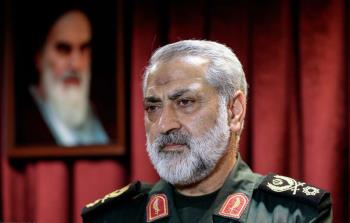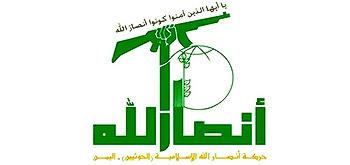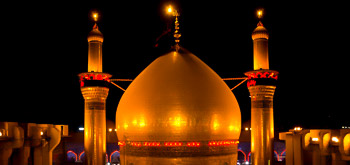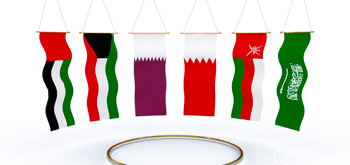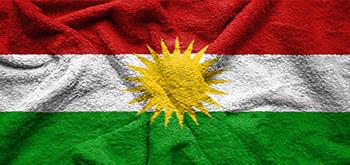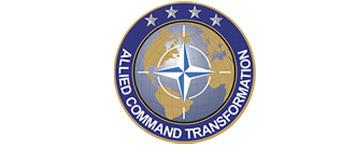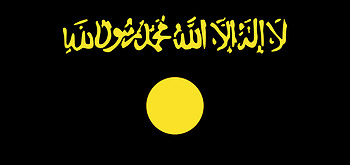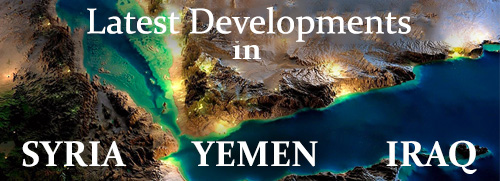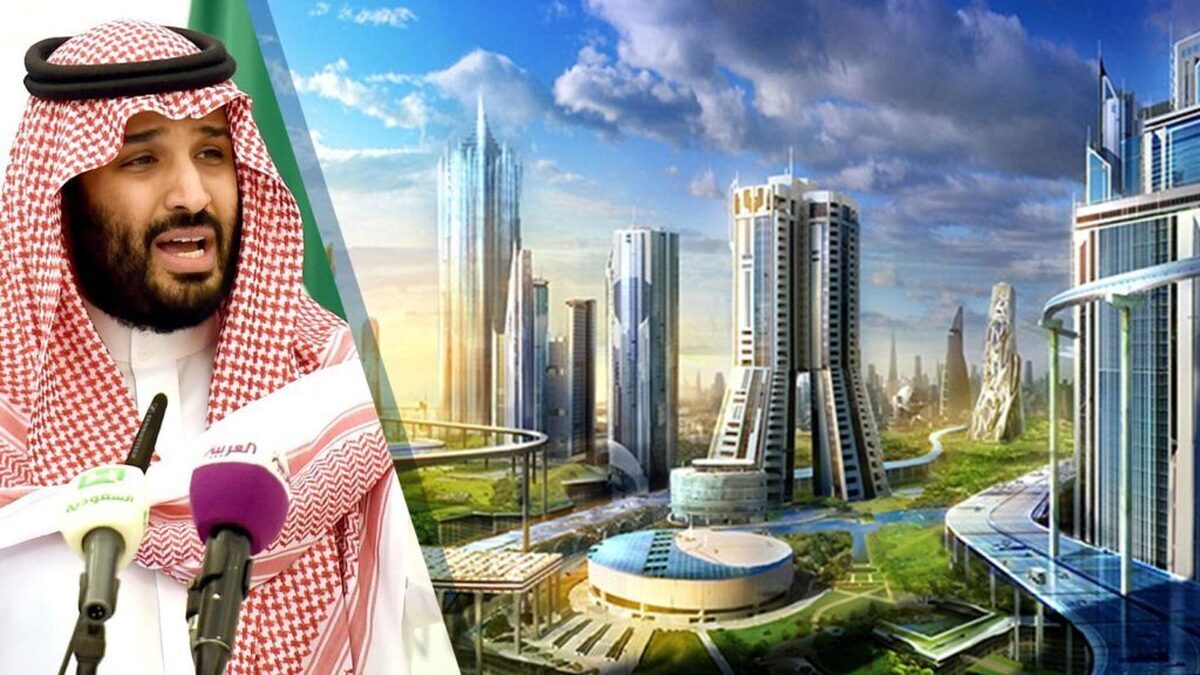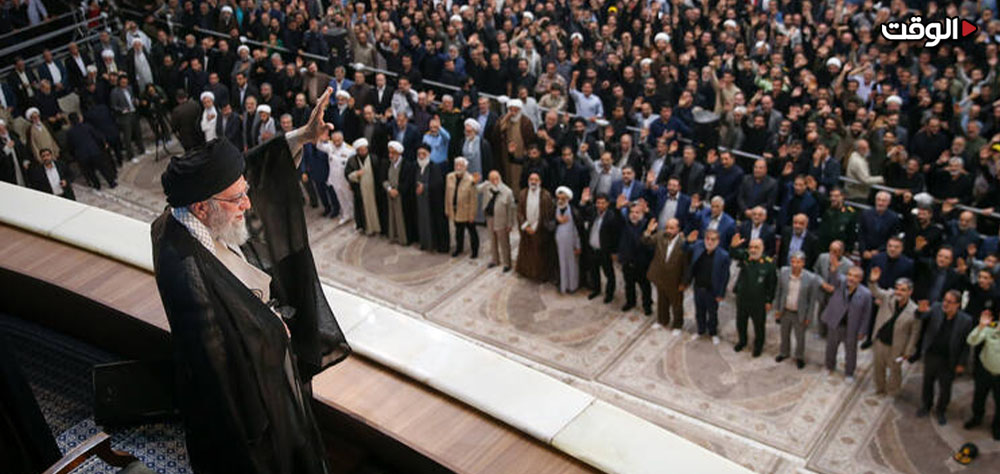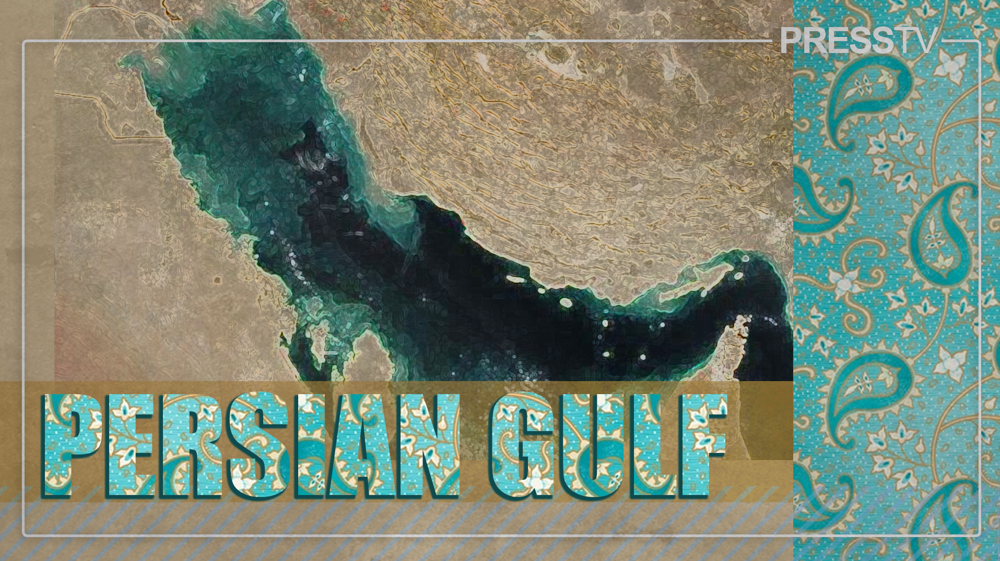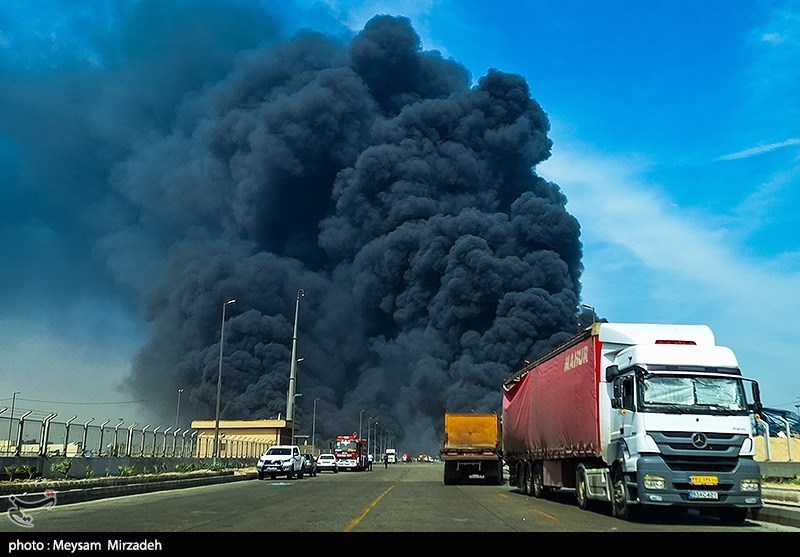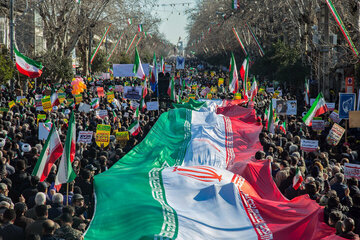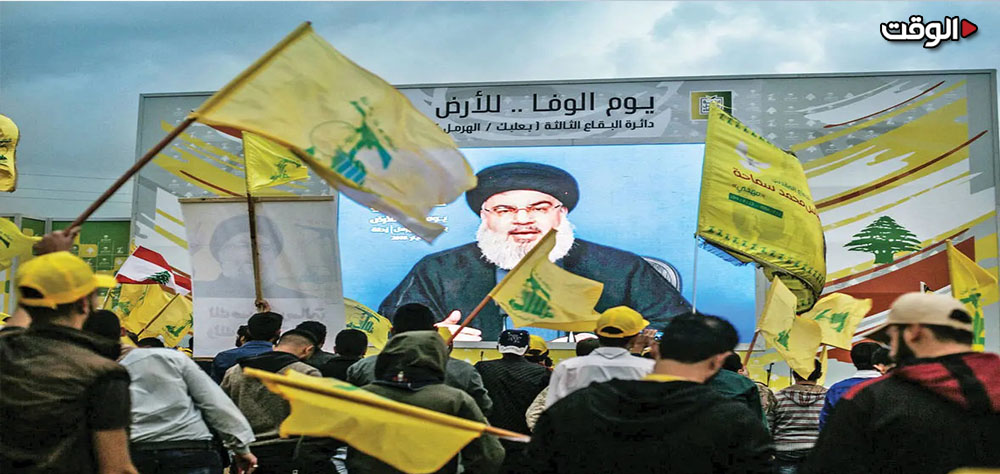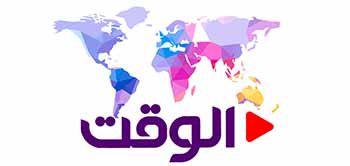Alwaght- In April 2016, the newly appointed Saudi Crown Prince Mohammed bin Salman unveiled an ambitious plan for economic and social development called Saudi Vision 2030, whose main aim was to reduce reliance on the oil revenues and create a diversified, sustainable, and competitive economy on the world stage.
At the start of the 2010s, the kingdom faced a set of profound economic challenges: a near-total reliance on oil, soaring unemployment, inefficient state structures, and a lack of transparency and oversight. Confronting these issues head-on, bin Salman launched the Vision 2030 plan in 2016, charting a new course toward a diversified economy and a dynamic society.
Saudi Arabia's Vision 2030 can be broken down into three core pillars: building a diversified economy to wean the nation off oil, boosting the private sector's share of GDP, and replacing petrodollars with modern technology. The second pillar aims to create a more vibrant and engaged society by elevating living standards, improving public services like healthcare and education, and bringing more women into the workforce. The final pillar seeks to amplify the Kingdom's role in the global economy, trade, and energy to strengthen its international ties.
The plan's initial phase involved establishing specialized government bodies, overhauling the governance structure, and defining mega-projects. From the outset, the Kingdom kicked off work on smart-city developments, economic reforms, and campaigns to attract foreign investment. It also initiated sweeping social changes, including pushing for greater female participation in the workplace and expanding educational and cultural opportunities.
In its early days, the Vision 2030 captured global attention with a blitz of glamorous events and conceptual designs for projects that seemed ripped from science fiction. However, nearly a decade later, serious doubts are emerging about its practicality and feasibility.
On-the-ground evidence and international reports now indicate that several flagship Vision 2030 projects are not only behind schedule but are also being substantially scaled back or overhauled. News reports suggest that the flagship NEOM development, particularly its futuristic, green-energy-powered city known as "The Line," is under pressure to revise its budget and downsize its ambitions. Sources close to the project say NEOM's budget for the coming year has yet to be approved by the Public Investment Fund, pointing to clear signals of goals review.
One of the central pillars of executing Vision 2030 has been the massive flow of capital through the Public Investment Fund (PIF), which was meant to serve as the financial engine driving the kingdom’s megaprojects. Yet despite official insistence on expanding the fund’s assets, the strain of funding multiple projects at once—along with soaring construction costs—has heightened liquidity risks. In other words, the PIF’s enormous asset base does not guarantee immediate cash, and the heavy price tag of the megaprojects is increasingly squeezing day-to-day liquidity.
At the same time, falling oil revenues and rising capital commitments have tightened Saudi Arabia’s fiscal space. Rating agencies, including Fitch, report that the kingdom’s debt-to-GDP ratio is climbing and warn that persistent quarterly deficits and project spending could push this ratio even higher in the coming years. These warnings underline just how vulnerable the financial structure behind the megaprojects is to a sudden drop in oil prices.
Under this pressure, the Saudi government and its implementing agencies have begun to recalibrate their policies, overhauling the design and scale of major projects, shifting investment priorities toward faster-return sectors such as technology and artificial intelligence, and announcing short-term cuts in capital spending.
But these moves signal less a solution than a deferral of the problem—pushing risks and costs further into the future. Redirecting resources to short-term projects may deliver quick wins, but it also risks undermining long-term gains and the broader economic transformation the Vision 2030 aims to secure.
Meanwhile, some macro indicators targeted by Vision 2030 have indeed improved, but the progress does not necessarily validate the sustainability of the financial model. Tourism has surged in recent years, with over 100 million visitors reported in 2023 and 27.4 million of them international. But even this tourism boom cannot offset the immense financial burden of the kingdom’s capital-intensive projects and long-term obligations.
Non-oil sectors have also expanded and official reports place non-oil growth at around 4–5 percent, but Saudi unemployment remains stuck at roughly 7 percent. This mismatch suggests that economic growth has yet to translate into a stronger domestic labor market or a workforce capable of sustaining high-tech, complex industries.
Under these circumstances, a state-driven, megaproject-heavy model, without institutional reforms and stronger foreign private investment, will not be enough to carry the transformation forward.
In recent years, the Saudi government has made a concerted effort to present a steady stream of upbeat figures and progress updates on these projects. The frequency of these reports suggests a push to win over public opinion. But many of the numbers clash with independent analytical assessments. Critics go further, accusing the government of outright data manipulation, arguing that much of the reported progress has little grounding in reality.
All in all, the recent developments show that the Vision 2030, despite the ambitions and massive media aspects, is now standing in a situation that requires essential review. The halting or slowdown of key projects, drop in the foreign investment, the liquidity crisis caused by oil price decrease, and growing pressure of the current government expenses all talk about a deep gap between the stated objectives and the true capacities of the Saudi economy.
Whether the kingdom will be able to conclude even smaller projects and in some cases accept failure and review its goals is not unlikely, but on the other hand, analyses suggest that if Saudi Arabia continues on its current path, the world may soon see these projects go viral in another form: as unfinished iron structures that have risen in the heart of the desert and more look like a ghost city than the dream city bin Salman sold to the world.


